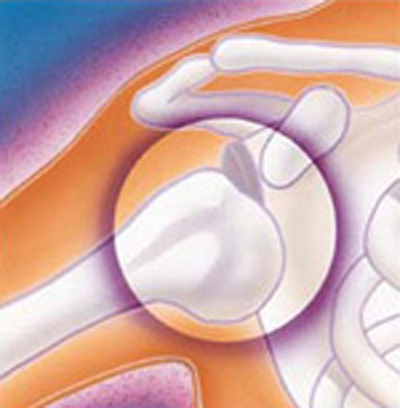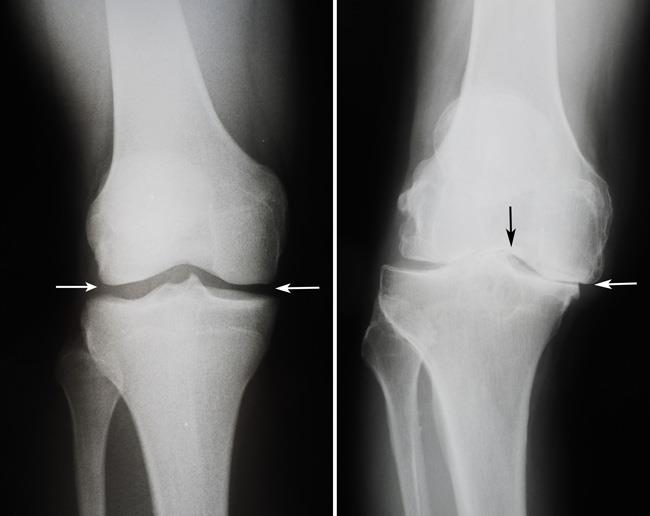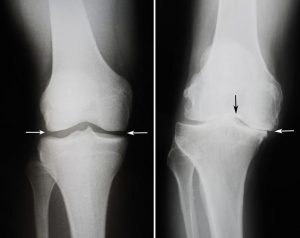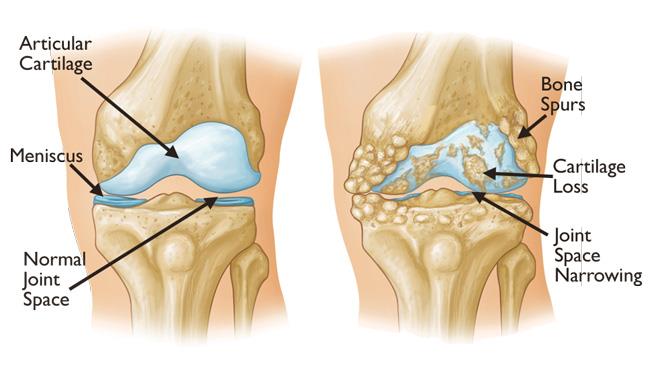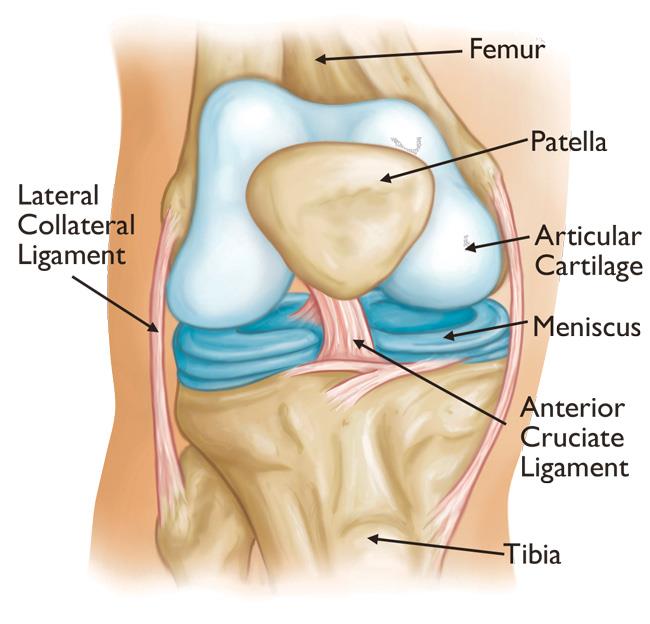In a country where “eating for two” is the much-enforced norm and “healthy” is code for “fat,” maternal obesity is a complication waiting to happen. And the issues go way beyond having less options in maternity wear.
In pregnancy and childbirth, there really is such a thing as a healthy weight gain, and you should be aware of it right from the early signs and symptoms of pregnancy. Advanced medical technology makes childbirth seem like a breeze, but why exacerbate the risk when you can actually prevent it by maintaining a healthy weight during pregnancy?
In the developed world, about 20% of all women of childbearing age report being overweight, as measured by their Body Mass Index, or BMI.[1]
A high maternal BMI before and during pregnancy can translate to insulin resistance, obesity and high levels of VLDL cholesterol throughout the child’s post-partum life. What does this mean? If you gain too much weight while pregnant, your child could develop diabetes, be overweight or have other health issues throughout his/her life [2]
Pregnant and overweight? Know your risks: [1]
- Maternal obesity increases the risk of miscarriage by three times.
- Women who were obese before and during pregnancy have at least a 20% higher chance of needing a procedure such as C-section.
- Perhaps the most significant risk of too much weight gain during pregnancy is pre-eclampsia. This dangerous condition causes a spike in maternal blood pressure and normal delivery is considered very high risk.
- A birth weight of more than 4 kilos is called fetal macrosomia. This is a very direct consequence of maternal obesity and could hamper chances of a normal delivery.
- If you are already pregnant, it is NOT recommended that you try to lose weight now. Instead, ask your doctor about what precautions you must take.
Get fit before getting pregnant:
- If you have a metabolic disorder such as hypothyroidism, PCOS or another condition that is causing weight gain as a side effect, seek treatment until the symptoms are under control.
- If your lifestyle is conducive to weight gain, set time aside for exercise and working out. It can be as simple as walking for a few minutes each day.
- Avoid processed foods and those that are high in fats and low on nutrition. Replace all fried foods with baked or steamed alternatives.
- Follow up with a doctor or your nutritionist regularly to track weight loss progress and discuss options for maintaining a healthy weight during pregnancy.
- It is quite a common practice to ask a pregnant woman to ‘eat for two’ or recommend highly fatty food to them in the hopes of a ‘healthy’ baby. In India, ‘healthy’ is code for ‘fat!’ Be aware that such advice might come your way too.
- When it comes to diet, your doctor’s advice is best to follow for optimal weight gain.
Now that you are aware of the risks, you will be able to take appropriate action to have a healthy and happy pregnancy. If you are worried now, don’t be. You can still discuss safe pregnancy and birthing options with your doctor and come up with a plan.
Did you have a healthy weight gain during pregnancy? Do you have any conditions that hamper a healthy weight gain during pregnancy? Share your story with us at info@togetherforher.com and be featured on our website!
References:
- Yu, C. K. H., T. G. Teoh, and S. Robinson. “Obesity in pregnancy.” BJOG: An International Journal of Obstetrics & Gynaecology113, no. 10 (2006): 1117-1125.
- Santos Ferreira D, et al. Association of Pre-Pregnancy Body Mass Index With Offspring Metabolic Profile: Analyses of 3 European Prospective Birth Cohorts. PLOS Medicine, 2017.

